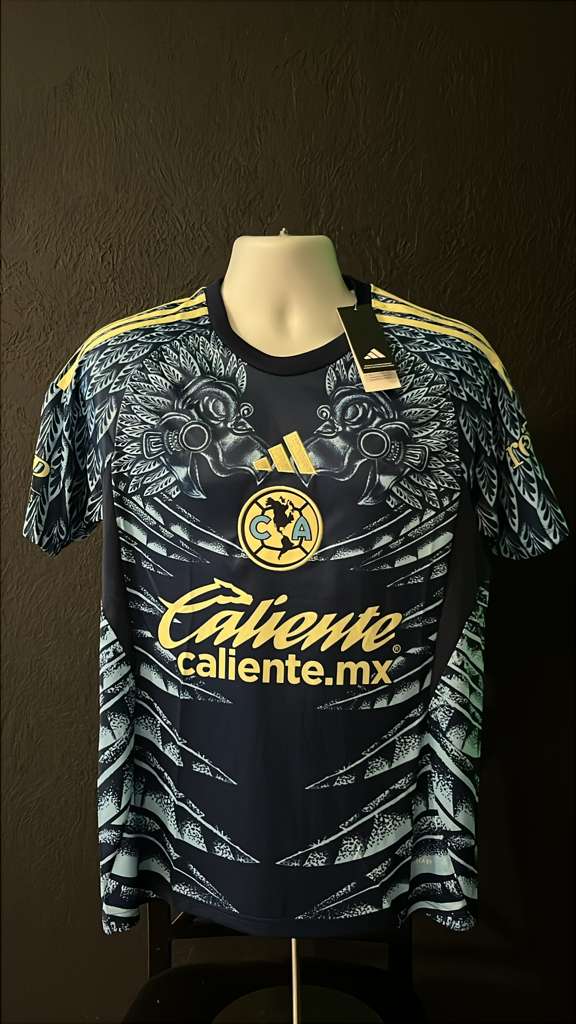About Us
Soccer is not only played on the field; it is also worn. The uniforms of the world's most important teams tell stories of tradition, passion, and changes that mark eras. What we know today as modern, lightweight, and personalized jerseys have their origins in garments that are very different from today's.
At the end of the 19th century, when soccer was beginning to be organized as a professional sport, teams played in long-sleeved shirts with high collars and heavy fabrics, very similar to those worn in everyday life. There were no eye-catching designs or prominent logos; the important thing was to differentiate oneself from the opponent, and for that purpose, solid colors or simple stripes were used.
Over the decades, uniforms were adapted to new, lighter fabrics, exclusive designs, and the incorporation of embroidered shields that identified each club. The real revolution came in the 1970s and 1980s, when sponsors began to appear on the front of jerseys, turning them not only into sportswear but also into cultural icons. Nowadays, uniforms combine technology and style: breathable materials, anatomical cuts, and designs that change season after season. In addition, customization allows each player, fan, or local team to display their name, number, and distinctive colors. At Zona Futbolera, we believe that a uniform is not just clothing; it is part of the identity of the game and the passion that unites millions of fans around the world.

The origins of soccer and the passion that moves the world
Soccer, as we know it today, has its roots in ball games that were played centuries ago in different cultures around the world, from China to Greece and Rome. However, the modern version of the sport was born in England in the 19th century, when different schools and clubs began to unify rules to create an organized game, with teams, regulation fields, and clear objectives: to score goals.
What began as a student pastime quickly became a social phenomenon. Soccer soon crossed borders, conquering Europe, Latin America, and the rest of the world. Its simplicity all you need is a ball and a space to play and its ability to bring together people of all ages, classes, and cultures made it the most popular sport on the planet.
Over time, each country, city, and neighborhood created its own soccer identity. The colors of the uniforms, the crests, the fan chants, and the club symbols became part of the daily lives of millions of people. For many, soccer is not just a game, but a way to express passion, pride, and belonging.
The excitement of a goal, the tension of a decisive penalty kick, the joy of victory, and the sadness of defeat are universal feelings that transcend generations. Every jersey worn, every ball kicked, and every game watched has stories, heroes, and records behind it that fuel the passion of fans. From the first local leagues to the World Cups that bring the planet to a standstill, soccer has become a common language that everyone understands, capable of uniting cultures and arousing intense emotions.
Today, at Zona Futbolera, we celebrate this passion by offering products that allow every player and fan to experience soccer to the fullest: from original uniforms and replicas to footwear, leggings, shin guards, and accessories that carry with them the history and excitement of this sport that leaves no one indifferent. Because wearing your team's colors is not just a choice, it is an act of passion that is carried in the heart.
Teams, uniforms, and legends.
Football is much more than ninety minutes on the pitch; it is history, identity, and passion that is conveyed in every jersey.



